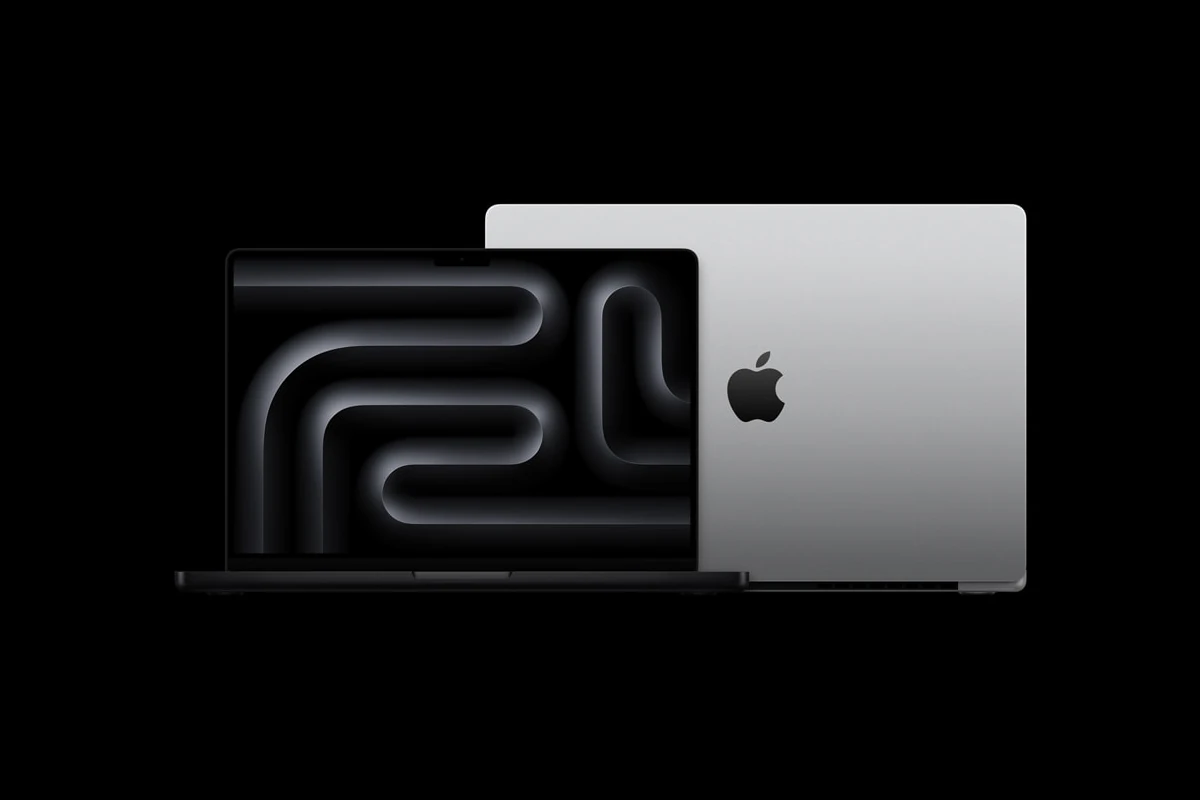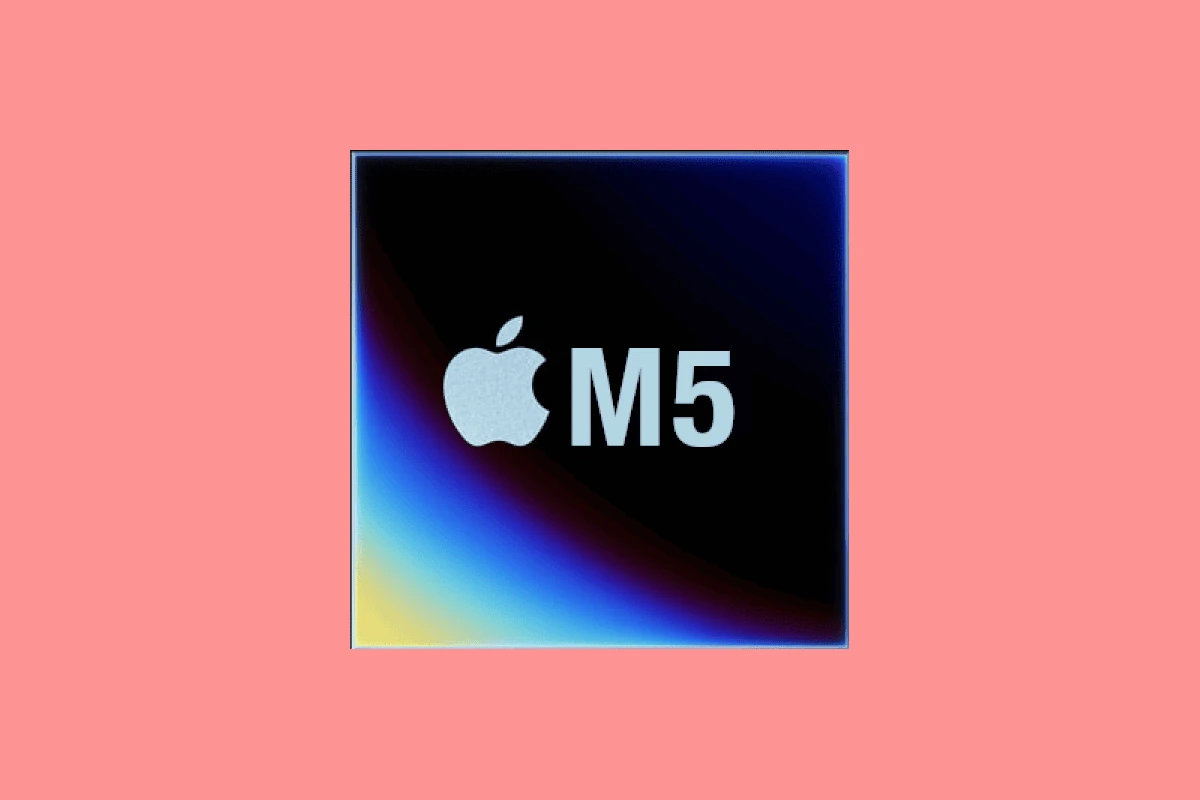Apple’s silicon roadmap continues to march forward, and all eyes are now on the highly anticipated M5 chip, expected to debut in late 2025. Positioned as the successor to the M4, this next-generation chip is more than just a routine update—it’s shaping up to be a major leap in performance, efficiency, and AI capability. With new manufacturing processes, cutting-edge chip architecture, and a broader role in Apple’s ecosystem, the M5 is a crucial step toward the future of Mac and iPad computing.
Anticipated Release Timeline
The first wave of M5-powered devices is expected in Fall 2025, most notably starting with refreshed MacBook Pro models. This aligns with Apple’s traditional fall launch window for high-end Mac hardware. Reports suggest:

- MacBook Pro (M5): October–November 2025
- iPad Pro (M5): Early 2026
- MacBook Air (M5): Spring 2026
- Mac Studio / M5 Ultra: Later in 2026
Devices like the Mac mini, iMac, and Mac Pro may see staggered M5 integrations throughout 2026.
What Makes the M5 Different?
1. Built on TSMC’s 3nm N3P Process
Apple is using TSMC’s enhanced 3nm N3P process, which delivers:
- Higher transistor density
- Lower power consumption
- Better thermal characteristics
This is a more advanced node than the M4’s N3E and sets the stage for impressive energy efficiency and speed boosts.
2. More Powerful AI and Machine Learning
AI is central to the M5’s mission. Apple is doubling down with:
- A next-gen Neural Engine potentially exceeding 40 trillion operations per second
- Optimizations for on-device intelligence, Apple’s term for its AI push in macOS and iOS/iPadOS
Expect enhanced features like real-time transcription, smarter photo/video processing, and AI-assisted creative workflows.
3. SoIC & 2.5D Chip Packaging
Apple is rumored to be implementing Server-class System-on-Integrated-Chip (SoIC) packaging:
- Separates CPU and GPU dies for better thermal handling
- Improves bandwidth, latency, and modularity in high-end models (Pro, Max, Ultra)
- Enables stacking and 3D integration for performance gains not possible in previous generations
4. A 15–25% Performance Boost Over M4
Early projections suggest M5 delivers:
- 15–25% uplift in raw CPU performance
- Significant GPU enhancements aimed at gaming and creative professionals
- Better sustained performance for pro workflows like 8K video editing, large data models, and app development
5. More Memory?
While Apple hasn’t confirmed this, industry speculation hints at higher RAM ceilings and faster unified memory bandwidth—a move that would directly support more intensive multitasking and AI workloads.
Integration in Upcoming Apple Devices
| Device | M5 Integration Timeline | Notable Features |
|---|---|---|
| MacBook Pro | Fall 2025 | M5, M5 Pro, M5 Max models, SoIC packaging |
| iPad Pro | Early 2026 | AI-centric features, USB-C, ultra-thin redesigns |
| MacBook Air | Early to Mid 2026 | M5 efficiency-focused variant |
| Mac Studio | Late 2026 | M5 Ultra, workstation-class AI power |
| iMac & Mac Pro | Mid to Late 2026 (TBD) | High-end configs with GPU/CPU separation |
What About Design Changes?
The M5 MacBook Pro models are expected to retain their current chassis design, as major hardware overhauls are being saved for the M6 generation. That said:
- A thinner form factor
- Potential OLED display upgrades
- Fan and thermal system improvements
…could still be on the roadmap for future M-series laptops, likely around 2026.
Beyond the Mac: M5’s Role in AI Infrastructure
Apple’s ambitions for the M5 chip go beyond just personal computing. According to industry sources, Apple may deploy high-end M5 variants in its:
- AI server infrastructure
- Private on-device AI model training
- Federated learning systems
This points to Apple scaling its own AI stack in a way that doesn’t rely on third-party data centers—pushing both privacy and performance.
What’s Missing (For Now)?
Some rumored features that didn’t make the M5 cut:
- Built-in cellular modems in MacBooks: Still expected in the M6 generation
- Wi-Fi 7 and Bluetooth 5.4 support: Likely arriving in 2026, not M5’s initial wave
- Radical MacBook redesigns: Slated for future iterations beyond 2025
The Big Picture
The Apple M5 chip isn’t just another processor—it’s a strategic leap for the entire Apple ecosystem. From better AI and faster graphics to next-gen packaging tech, the M5 sets the stage for a more integrated, intelligent, and efficient computing experience. Whether you’re a developer, creative professional, or just a power user, the M5-powered devices coming later this year and into 2026 are worth watching closely.
Fall 2025 may mark a turning point not just for Apple Silicon—but for how Apple redefines the performance ceiling of the personal computer.
Apple History: A Look At The A12Z Bionic Chip
The A12Z Bionic chip sets a high standard for mobile processor performance and capability. The chip boasts impressive specs and features that contribute to its versatile use in devices like the iPad Pro.
Architectural Design and Performance
The A12Z Bionic is an 8-core processor that powers the iPad Pro. It has four performance cores and four efficiency cores. This design allows it to handle a range of tasks from simple to complex without wasting energy. The A12Z also performs better at single-core tasks than its predecessors due to its higher clock speed.
Comparative Studies
When compared to the A14 Bionic chip, the A12Z shows a lower performance in single-core tasks. However, its multi-core performance remains robust. Benchmarks like Geekbench 5 show the A12Z’s performance is still strong against newer chips.
Graphics and Visual Processing
Apple’s A12Z incorporates an 8-core GPU that delivers advanced graphics and smooth performance for activities like 4K video editing. The GPU is compatible with Metal, Apple’s graphics framework. This enhances visual effects and gaming experiences on mobile devices.
Innovations in Augmented Reality
Augmented reality on the A12Z is powered by a Neural Engine and integrates with technologies like the Lidar scanner. This scanner measures how long it takes light to reflect back from objects, creating a depth map of the space for more immersive AR.
Integrated Technologies and Connectivity
The chip supports unique features of IPadOS such as the Magic Keyboard, Emoji, and advanced keyboard functions. For connectivity, the A12Z includes technology that provides fast internet access and data transfer. This makes sharing files and streaming content quick and easy.







